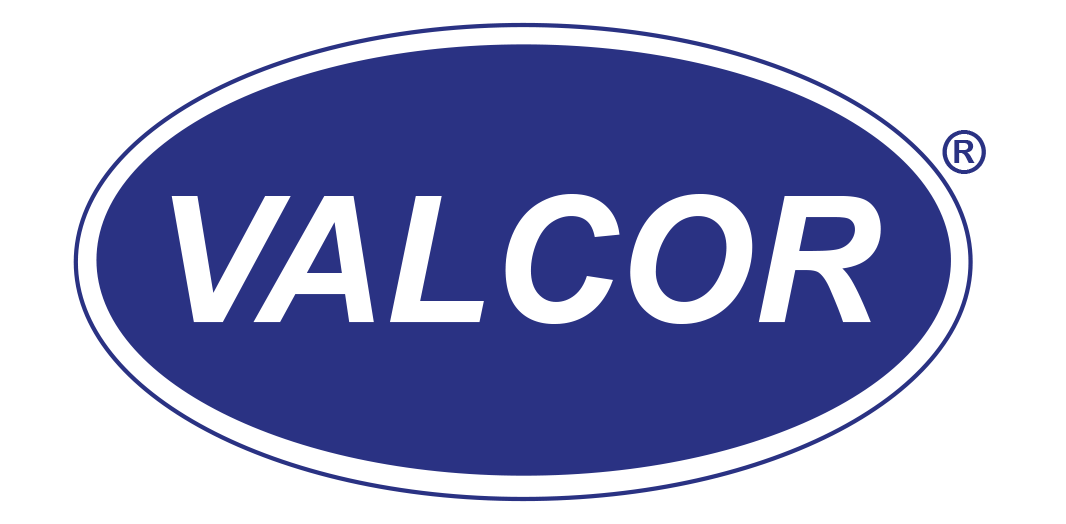Published on: Oct 16, 2017
By: Louis J. Arcuri, Director of Sales & Marketing, Valcor Scientific
Instrumentation Cryogenic Valves — Their proper design and application
Cryogenic media enhance our daily lives in so many ways. Our most frequent encounter with the byproduct of cryogenic gas usage is in our food chain. Much of the frozen food we buy is flash-frozen in cryogenic freezers that use liquid CO2 (LCO2) and more commonly, liquid nitrogen (LN2). Vegetables, poultry, fish, and beef are all flash-frozen in immersion cryogenic freezers. Commercially baked goods are cooled much more quickly, and ready for packaging using LN2 vapor. Frozen ice cream novelty treats are flash-frozen in an LN2 bath. Beverages like beer, soda, and sparkling drinks are often carbonated with LCO2 from bulk storage systems.
Cryogenics are popular because they’re effective, relatively inexpensive, and don’t affect the color, taste, or flavor of the foods and beverages with which they come in contact. With the advent of microbulk systems, cryogenic cooling is available to more food and beverage processors than ever before, especially small customers who could otherwise not afford the large bulk tanks often seen outside of large-scale producers.
Environmental test chambers use solenoid valves to control the flow of LN2, enabling testing at temperatures to -320° F. Environmental chambers are used for testing all manner of components, devices, and systems. They can simulate the cold of deep space; or arctic ambient conditions.
Combinations of cryogenic gases are used for a type of surgery known as cryosurgery. LN2 is directly applied to many skin maladies for freezing and removal such as warts, moles, and skin tags. Liquid Argon (LAR) is often used to create a freezing point at the tip of a probe. LAR treatments include freezing of tumors and cancerous tissue. Cryoablation prevents arterial fibrillation in cardiac patients. Cryofreezing minimizes damage to the surrounding healthy tissue.
LCO2 is frequently used for cleaning and deburring. CO2 snow cleans surfaces quickly and efficiently, leaving no residue behind. CO2 cleaning is frequently used in optics manufacturing, painted surface preparation, and some semiconductor devices. Dry Ice, or frozen CO2, is used as an abrasive to deburr parts that are too delicate for traditional glass beading or sand blasting techniques.
CO2 is also a great solvent; it is often used in a supercritical state to extract the essential oils that are associated with flavors and fragrances. It is also used to decaffeinate coffee and tea, and in sometimes to dry clean fabrics!
Finally, we all enjoy the special effects created by LCO2 fogging machines! Whether at a rock concert, or on a Broadway stage, the low-hanging CO2 fog creates the atmospherics that enhance our entertainment experience. New CO2 jets provide plumes of ‘smoke’ reaching high into the air, providing a backdrop for dramatic LED and laser lighting effects.
Imagine the disruption, delay, and added cost for the long-term test of a mission-critical aerospace component due to the failure of a solenoid valve in the environmental test chamber. Or, the disappointment of a rock band fan as the special-effects fogging cannons fail to punctuate the driving lead guitar licks during a concert. Many instrument grade solenoid valves sold for cryogenic service are modified from general purpose industrial designs. Most incorporate an elastomeric pressure boundary seal and poppet seal disk. For LCO2 applications, this construction will usually work for a while, but LCO2, by nature a great solvent, will hasten the breakdown of elastomer seals leading to internal or external leakage. This construction is not at all suitable for LN2 applications; the elastomers will quickly harden and shrink on contact, no longer capable of sealing at all.
The best construction for cryogenic valve applications utilize non-elastomeric seals. Seals of PTFE provide a better seal overall;
- They are immune to the solvent-extraction properties of LCO2
- They are capable of remaining resilient at LN2 temperatures
- They have no cure date
A properly designed poppet seal is not flat, but tapered to ensure bubble-tight shutoff at cryogenic temperatures. A properly designed poppet should provide years of trouble-free service, and over a million cycles of life.
Body materials available include brass and stainless steel. A brass body is generally sufficient for most applications, and should be machined from a forging for strength, and to prevent porosity found in castings. In some cleaning applications, a stainless steel body is preferred to brass, providing the most inert, corrosion-resistant flow path for the cryogen.
The solenoid coil should be rated for continuous duty service, even at cryogenic temperatures. As a coil cools, it draws more current, which in turn creates heat within the coil windings. If the heat exceeds the magnet wire insulation temperature rating, the enamel insulation will break down, leading to coil failure. Look for an H-class coil temperature rating to ensure continuous duty service. To enhance long service life, especially at high frequency cycling, the plunger should incorporate one or more rider rings. These rings surround the plunger body, preventing contact with the core tube, thus eliminating friction between the two components that create wear, and associated particles entering the flow stream.
Finally, a direct-acting design will provide the fastest cycle time, enabling fine temperature control in smaller environmental chamber applications. Direct-acting valves also work at low pressure differentials, enabling tight shutoff even in dead-ended flow conditions.
In today’s environment, where budgets are tight, and applications demand 100% uptime, a direct-acting solenoid valve designed specifically for cryogenic media provide the OEM and user with a dependable and cost-effective solution for the control of cryogenic media. And, peace of mind.

Recent Comments